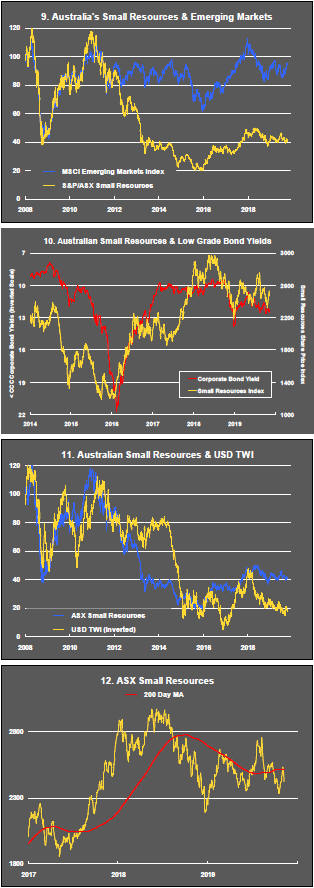The Big Picture
After recovering through 2010, a lengthy downtrend in sector prices between 2011 and 2015 gave way to a relatively stable trajectory similar to that experienced in the latter part of the 1990s and first few years of the 2000s.

The late 1990s and early 2000s was a period of frequent macroeconomic upheaval during which time sector pricing nonetheless proved relatively stable.
Relative stability in sector prices suggests a chance for individual companies genuinely adding value through development success to see their share prices move higher. This was the experience in the late 1990s and early 2000s.
Still vulnerable cyclical conditions were aggravated in the second half of 2015 by a push from investors worldwide to reduce risk. Sector prices were pushed to a new cyclical low some 90 months after the cyclical peak in sector equity prices but these conditions were reversed through 2016 and 2017 as global growth accelerated although, for the most part, sector prices did little more than revert to 2013 levels which had once been regarded as cyclically weak.
Global growth, having peaked in late 2017, the sector has been in cyclical downswing since early 2018.
With a median decline in prices of ASX-listed resources companies since the beginning of 2011 of 89% (and 30% of companies suffering a decline of more then 95%), the majority of stocks remain prone to strong 'bottom of the cycle' leverage in response to even slight improvements in conditions.
In the absence of a market force equivalent to the industrialisation of China, which precipitated an upward break in prices in the early 2000s, a moderate upward drift in sector equity prices over the medium term is likely to persist.
The Past Week
US, Japanese and German equity prices were propelled higher by reassurances over a pending solution to the US-China trade dispute and expected support from central banks. US corporate earnings reports also contributed.
Within the US market, the growth oriented information technology and biotechnology sectors have been especially strong. Market volatility statistics were implying high confidence about market conditions among investors.
Not unusually, the course of trade negotiations between the US and China was subjected to uncertainty by comments from US President Donald Trump. Markets were initially buoyed by reports of a mutual tariff roll-back but, by the end of the week, Donald Trump was downplaying his enthusiasm for such a policy shift.
Upward moves in government bond yields were interpreted as beneficial for equities despite a theoretically negative impact on valuations. Higher yields, at least for the present, are being interpreted as a sign of improved global growth conditions.
Higher bond yields negatively impacted gold prices and precious metals more generally. Silver, platinum and palladium prices were also lower.
Industrial metal price movements were mixed with aluminium, copper and tin prices slightly higher and lead, nickel and zinc prices lower. The iron ore price was markedly weaker, consistent with another month of contracting Chinese manufacturing output and weak global trade growth. The disruptive effect of Brazilian iron ore production losses is also of diminishing influence.
A stronger dollar will have had a negative effect on US dollar denominated commodity prices. The Chinese currency gained ground as expectations of a US-China trade deal firmed.
Mining equity prices were helped to higher levels by the broad based strength in equity prices despite the mixed commodity price outcomes. Sector gains were most noticeable among the largest stocks more highly correlated with the broader market, with indices of smaller and gold stocks declining.
Prices of the leading stocks in the sector slipped slightly at the end of the week as negative comments about the US-China trade talks had an impact.
Crude oil prices rose. Related equity prices also moved higher but only after having previously touched the lowest levels in four years. US crude production has continued to expand despite a prolonged decline in the number of operating rigs.
Sector Price Outcomes


52 Week Price Ranges


The Steak or Sizzle? blog LINK contains additional commentary on the best performed stocks in the sector and the extent to which their investment outcomes are underpinned by a strong enough value proposition to sustain the gains.
Equity Market Conditions


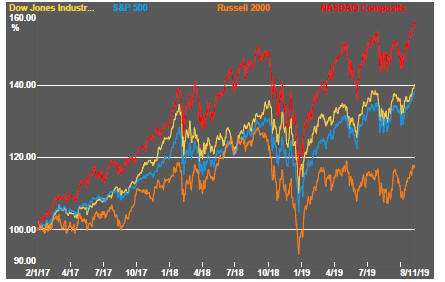


Resource Sector Equities





Interest Rates



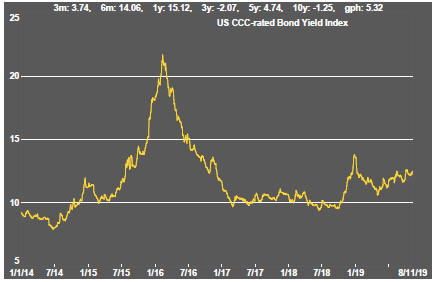

Exchange Rates










Commodity Prices Trends

Gold & Precious Metals


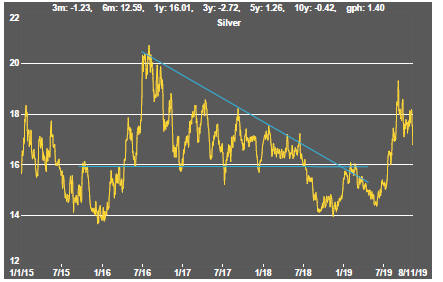


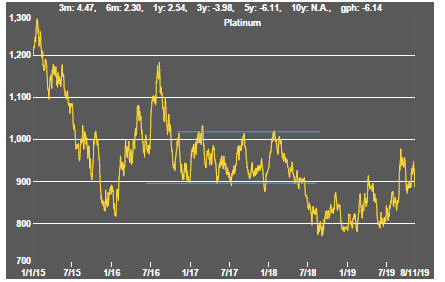

Nonferrous Metals


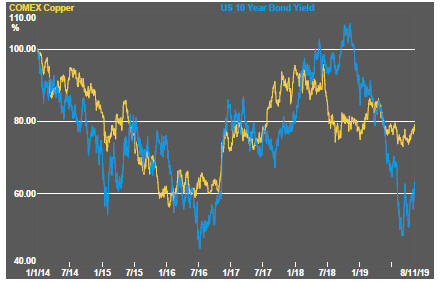
Bulk Commodities

Oil and Gas

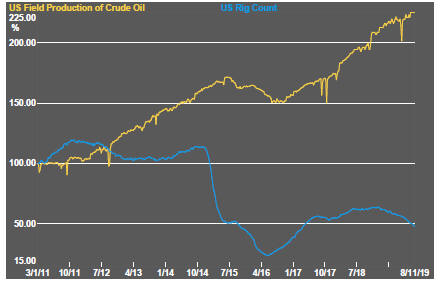
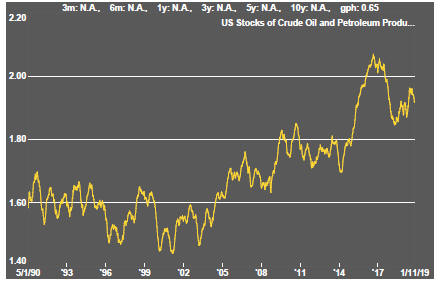
Battery Metals



Uranium



